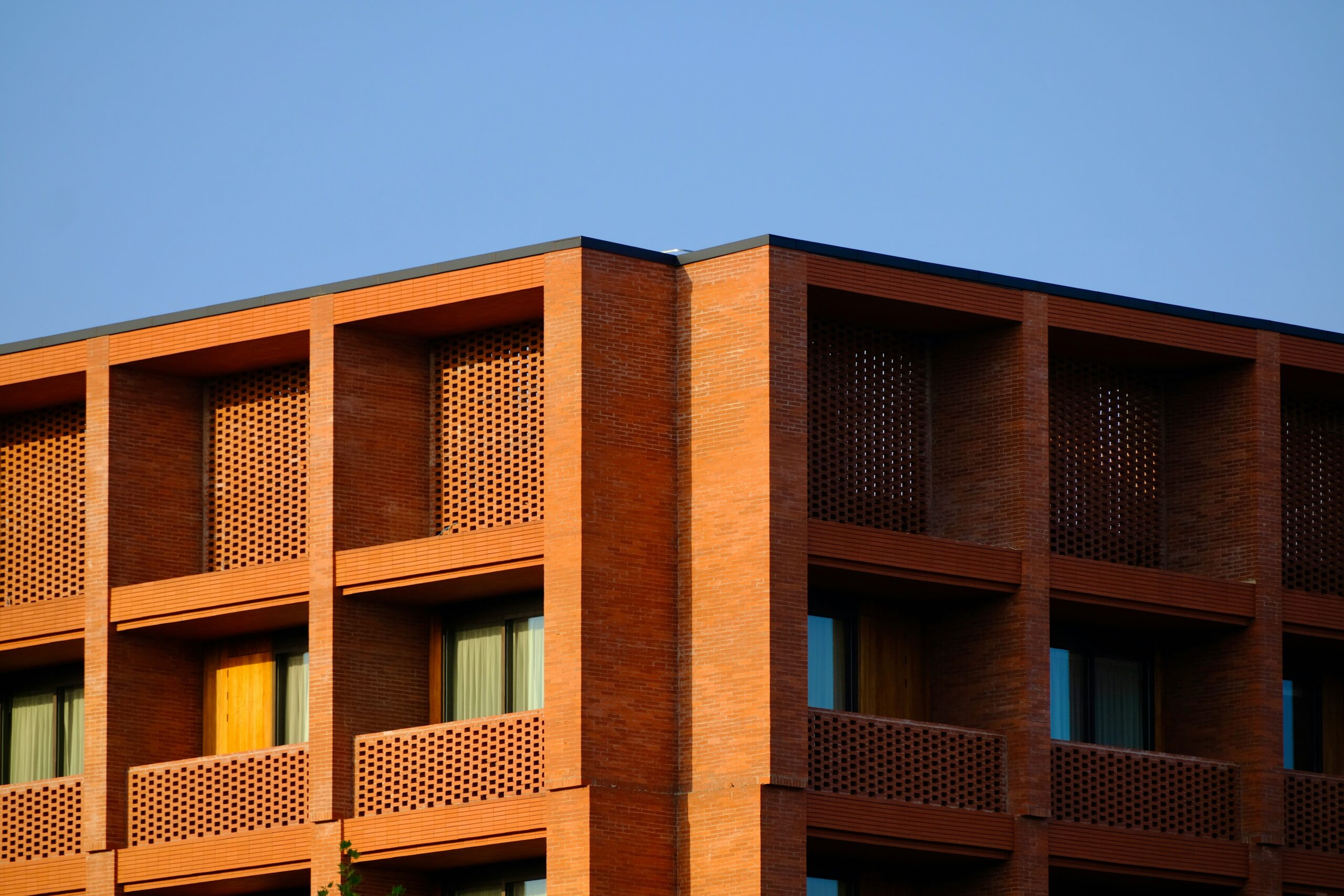
Where Bricks Meet Imagination
At first glance, real estate and design might seem like separate worlds—one focused on square footage, property values, and market trends, the other on creativity, aesthetics, and function. But when these two passions come together, something powerful happens: properties transform from simple investments into meaningful spaces that enrich lives. This intersection is where visionaries thrive, blending financial savvy with artistry to create lasting value.
More Than Numbers on a Page
For many people, real estate is all about the math—mortgage rates, rental yields, or resale value. While these numbers matter, focusing only on the spreadsheets misses half the story. A home or commercial space isn’t just an asset; it’s where lives unfold, where businesses are born, and where memories are made. Bringing design into the equation recognizes the human side of real estate—the side that turns an address into a story.
Take, for example, a small duplex purchased purely as an investment. Without thoughtful design, it might generate decent returns. But with a designer’s eye—optimizing natural light, choosing durable yet beautiful materials, and creating functional layouts—that duplex can command higher rents, attract long-term tenants, and appreciate faster value. Design doesn’t just decorate; it elevates the asset itself.
Listening Before Building
One of the most overlooked aspects of design in real estate is empathy. Listening to what people need from a space ensures it actually serves them. Families crave open, flexible living areas. Entrepreneurs look for adaptable offices that can grow with their business. Seniors value comfort, safety, and accessibility. Real estate professionals and designers can craft spaces that resonate deeply and stand the test of time by understanding the people behind the property.
The Silent Power of Atmosphere
Design shapes how people feel the moment they step through a door. Think about a coffee shop with exposed brick, warm lighting, and cozy seating. The property itself might be small and modest, but design transforms it into a community hub. Compare that to a sterile office with flickering fluorescent lights—it may be functional, but it leaves little impression.
Real estate value is tied not only to square footage but to experience. A thoughtfully designed lobby can make a condo complex more attractive. A carefully landscaped courtyard can boost a commercial building’s appeal. In this way, design silently but powerfully adds layers of worth.
Real-World Lessons from Iconic Spaces
Consider New York’s High Line, a once-abandoned railway turned elevated park. On paper, the real estate beneath it was already valuable. However, through visionary design, the High Line became a global attraction, sparking billions in surrounding development and transforming the neighborhood’s character.
Closer to home, even modest projects prove the point. A dated suburban house renovated with open layouts, energy-efficient upgrades, and stylish finishes not only becomes more livable but also dramatically increases resale potential. These examples show that when design meets real estate, value multiplies—financially, socially, and emotionally.
Balancing Creativity with Practicality
Of course, it’s not all about bold strokes of creativity. Real estate projects demand budgets, permits, and timelines. This is where the true magic lies: finding the sweet spot between design dreams and practical constraints. The best professionals know how to stretch resources without sacrificing impact—whether that means using locally sourced materials, repurposing existing structures, or integrating technology for long-term efficiency.
It’s not about designing the most luxurious space, but the smartest one. A home that stays cool in summer with smart ventilation, or an office with modular spaces that adapt as needs change, often outshines showier but less functional designs.
Everyday Impact on Communities
The partnership of design and real estate isn’t just about individual properties; it’s about shaping communities. When thoughtful design is built into real estate projects, entire neighborhoods benefit. Walkable layouts, green spaces, and mixed-use developments foster connection and vitality. On the flip side, developments without design sensitivity risk feeling soulless, disconnected, or outdated within a few years.
When people feel pride in their surroundings, they stay longer, invest more, and contribute to community growth. That’s a value you can’t measure on a financial statement alone.
Moving Forward with Purpose
For anyone passionate about both real estate and design, the path forward is about aligning the two in every decision. Investors should ask not only, What will this property earn? but also, How will it live? Designers should consider not just, What looks beautiful? but also, How will this function over decades?
When these dual passions unite under one vision, they create something bigger than either discipline alone. They craft spaces where numbers make sense, beauty feels natural, and communities thrive. And ultimately, that’s the true definition of building value.